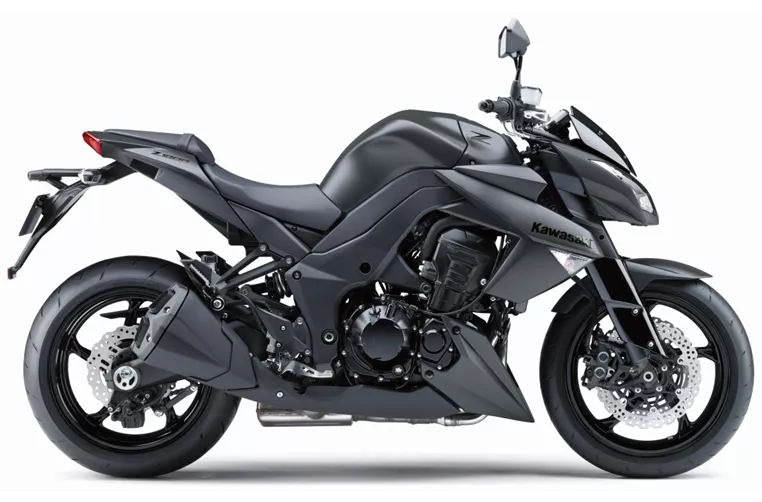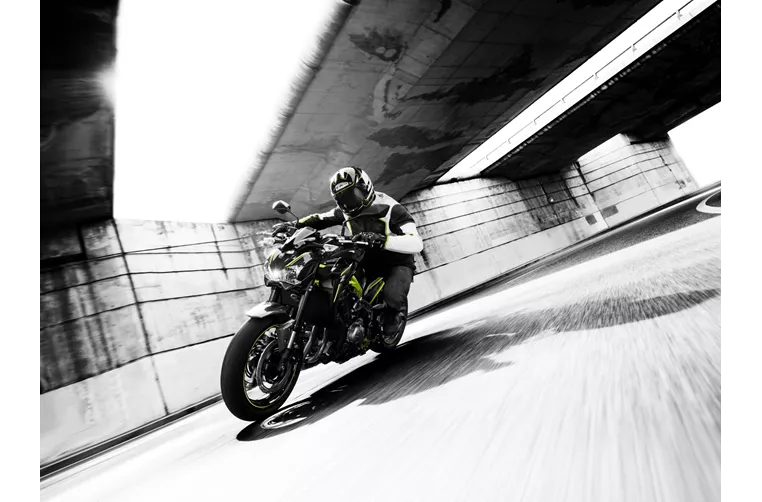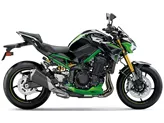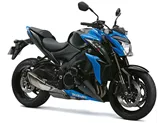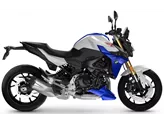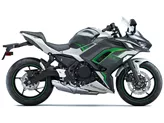Kawasaki Z1000 2013 vs. Kawasaki Z900 2018

Kawasaki Z1000 2013

Kawasaki Z900 2018
Visão geral - Kawasaki Z1000 2013 vs Kawasaki Z900 2018
The Kawasaki Z1000 model year 2013 and the Kawasaki Z900 model year 2018 are both naked bikes with inline four-cylinder engines and liquid cooling. However, there are several differences between the two models.
In terms of power, the Kawasaki Z1000 2013 has a higher horsepower rating of 138 HP compared to the Kawasaki Z900 2018, which has a power output of 125.4 HP. The Z1000 also has a higher torque rating of 110 Nm compared to the Z900's 98.6 Nm. This means that the Z1000 may offer slightly better acceleration and top speed performance.
Both bikes have a four-cylinder engine configuration and a double cradle frame. However, the Z1000 features an aluminum frame, while the Z900 has a steel frame. The aluminum frame of the Z1000 may offer better rigidity and handling characteristics compared to the steel frame of the Z900.
In terms of suspension, both bikes feature upside-down telescopic forks at the front. However, the Z1000 offers more adjustability with compression, preload, and rebound adjustments, while the Z900 only has preload and rebound adjustments. This means that the Z1000 may offer a more customizable and comfortable ride.
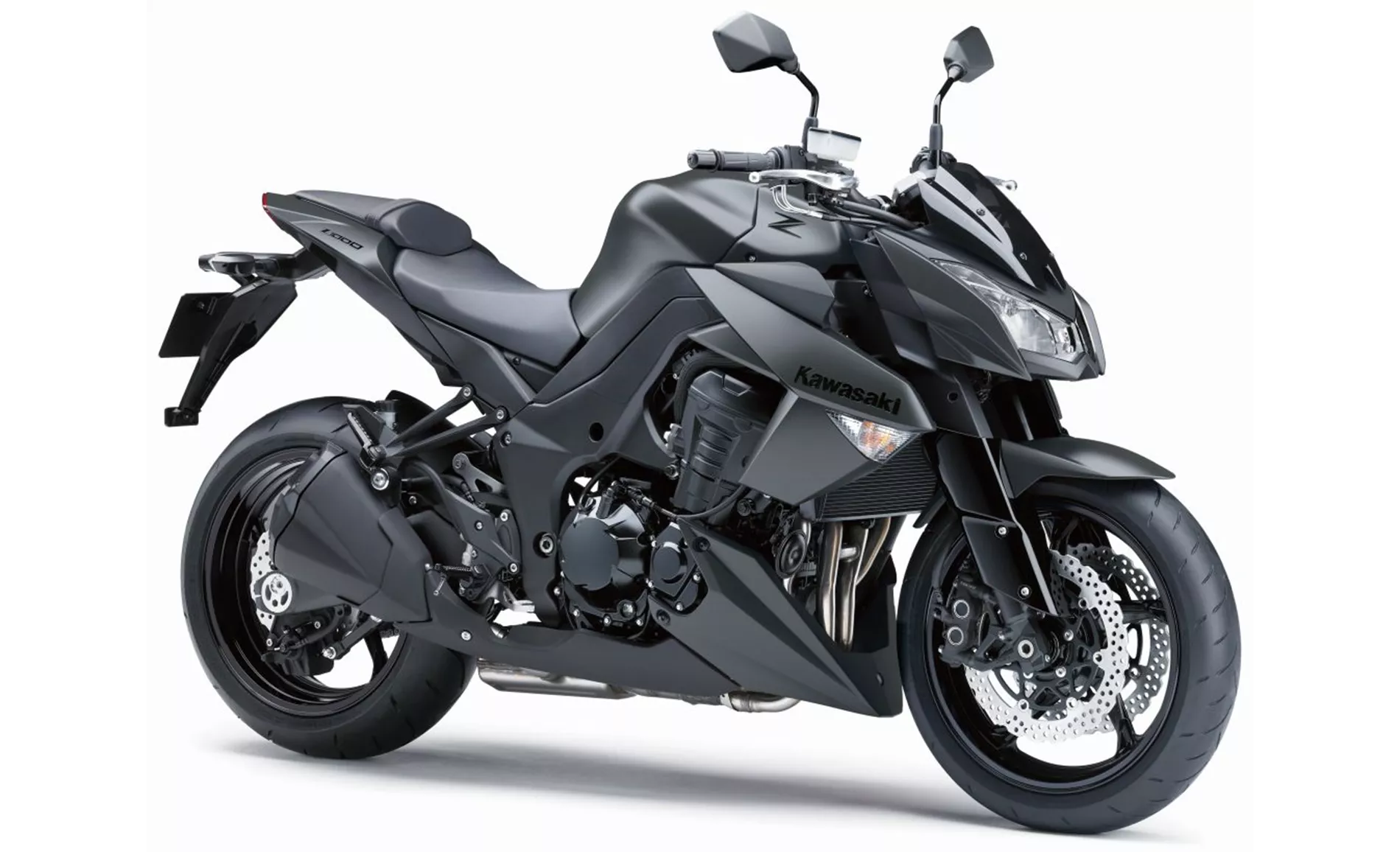
Kawasaki Z1000 2013
Both bikes have dual disc brakes at the front with four-piston calipers. The Z1000 features radial petal technology, while the Z900 only has petal technology. The radial petal technology on the Z1000 may offer better braking performance and heat dissipation compared to the Z900.
In terms of tire dimensions, both bikes have a front tire width of 120 mm and a diameter of 17 inches. However, the Z1000 has a wider rear tire with a width of 190 mm compared to the Z900's 180 mm. The wider rear tire on the Z1000 may offer better traction and stability.
The Z1000 has a wheelbase of 1440 mm, while the Z900 has a slightly longer wheelbase of 1450 mm. This may result in slightly different handling characteristics, with the Z900 potentially offering slightly better stability at high speeds.
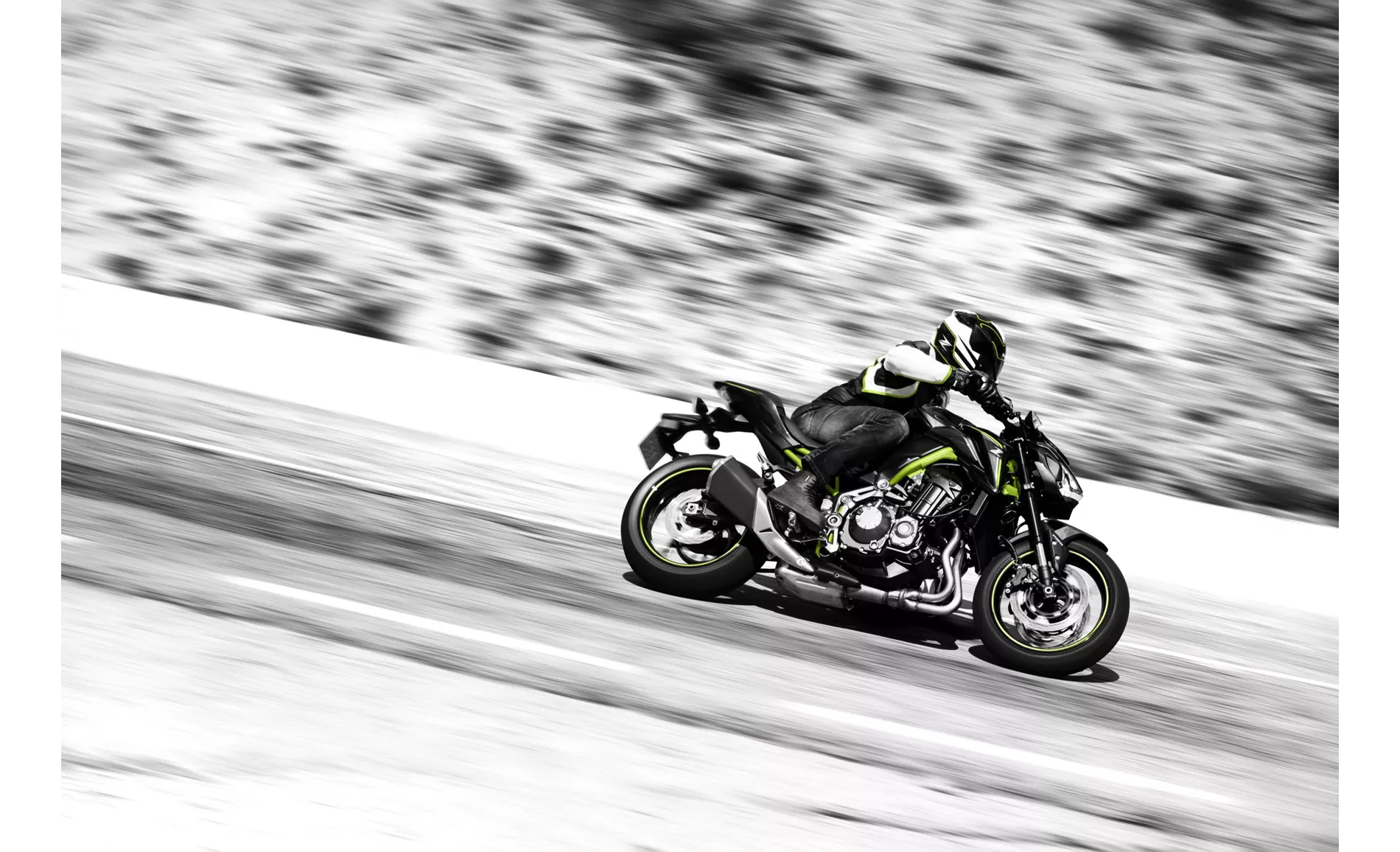
Kawasaki Z900 2018
In terms of seat height, the Z1000 has a seat height of 815 mm, while the Z900 has a slightly lower seat height of 795 mm. This means that the Z900 may be more suitable for shorter riders or those who prefer a lower seating position.
In terms of strengths, the Z1000 is praised for its powerful engine, rich sound, and unique design. On the other hand, the Z900 is praised for its powerful and smooth engine, excellent sound, elegant and sporty appearance, low seating position, and easy handling and maneuverability.
In terms of weaknesses, both bikes lack traction control. Additionally, the Z1000 is criticized for its nervous chassis, while the Z900 is criticized for its lack of traction control and the potentially tiring knee angle for tall riders over long periods of time.
Overall, the Kawasaki Z1000 2013 and the Kawasaki Z900 2018 have their own unique features and strengths. The Z1000 offers more power and adjustability in suspension, while the Z900 offers a more refined engine and an elegant and sporty appearance. Riders should consider their own preferences and priorities when choosing between the two models.
Especificações técnicas Kawasaki Z1000 2013 em comparação com Kawasaki Z900 2018
Prós e contras em comparação
Prós e contras em comparação
Kawasaki Z1000 2013
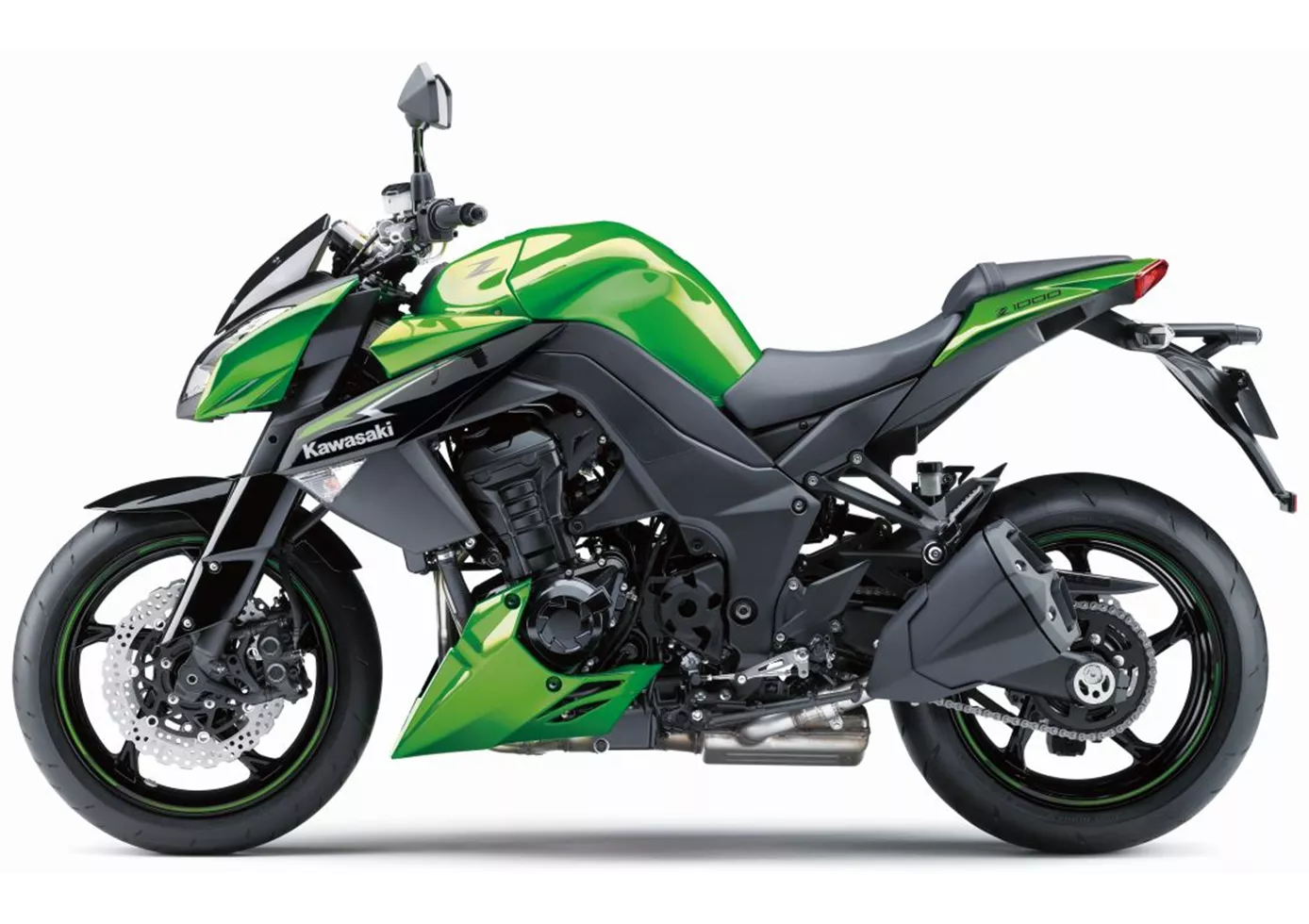
Em suma, a nova Z1000 é uma evolução bem sucedida da sua antecessora. A falta de controlo de tração é mais um problema de marketing do que um problema para os clientes finais.
Kawasaki Z900 2018
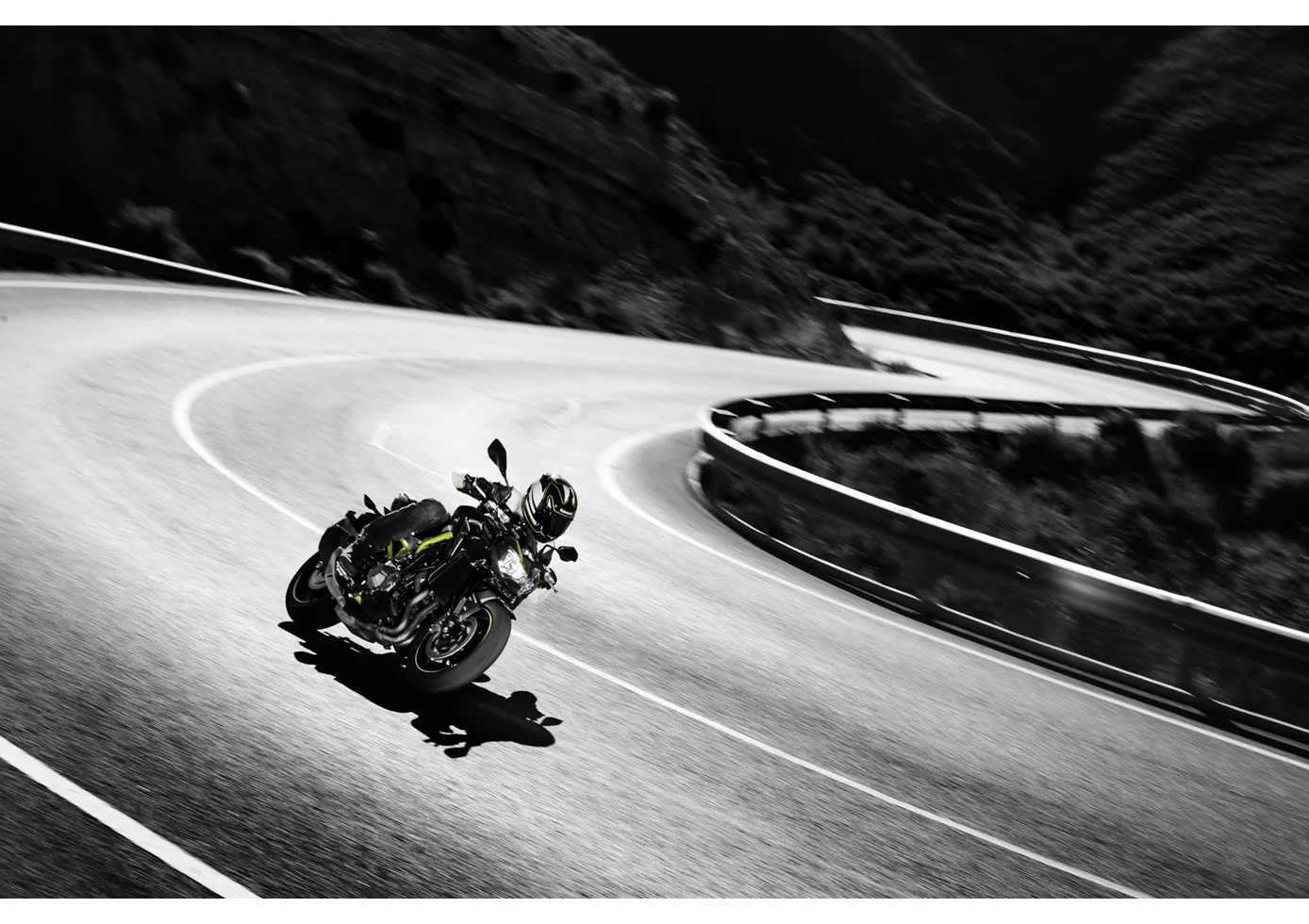
No disputadíssimo segmento das motos naked, a Z900 joga mesmo na frente. Acima de tudo, o seu motor é absolutamente fantástico, funciona de forma incrivelmente sedosa e oferece uma potência rica em todas as rotações - como convém a um quatro cilindros japonês. O seu aspeto desportivo e agressivo corresponde a isto. Não necessita de sinos e assobios electrónicos, mas ainda assim transmite muita confiança quando segue as curvas, trava e acelera. O assento baixo é especialmente benéfico para os condutores mais pequenos, mas os condutores mais altos podem sentir falta de um ângulo de joelho mais plano em longas distâncias. O baixo peso e a compacidade tornam a Z900 particularmente ágil e fácil de manusear. Um canhão desportivo que também é extremamente apelativo em termos de preço
Comparação de preços Preço médio de mercado Kawasaki Z1000 vs Kawasaki Z900
There are a few key differences between a Kawasaki Z1000 2013 and a Kawasaki Z900 2018. In terms of price, the actual average price of a Kawasaki Z900 2018 is about 8% higher. A Kawasaki Z1000 2013 experiences a loss of 4.900 BRL in one year and 4.890 BRL in two years of ownership. This is offset by a loss of 4.280 BRL and 3.500 BRL for a Kawasaki Z900 2018. Compared to Kawasaki Z900 2018 there are less Kawasaki Z1000 2013 bikes available on the 1000PS.de Marketplace, specifically 4 compared to 55. It takes less time to sell a Kawasaki Z1000 with 69 days compared to 112 days for a Kawasaki Z900. Since model year 2005 1000PS.de editors have written 41 reviews for the Kawasaki Z1000 and 46 reviews for the Kawasaki Z900 since model year 2017. The first review for the Kawasaki Z1000 was published on 02/09/2002 and now has more than 5.800 views. This compares to more than 93.200 views for the first review on Kawasaki Z900 published on 11/11/2016.
